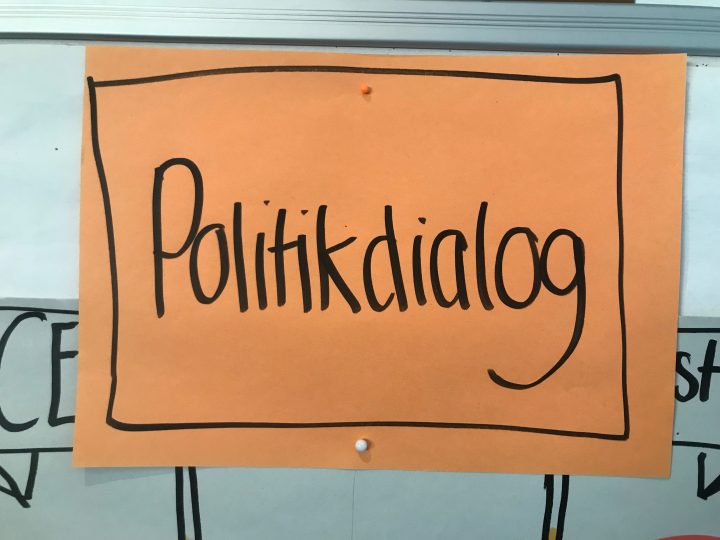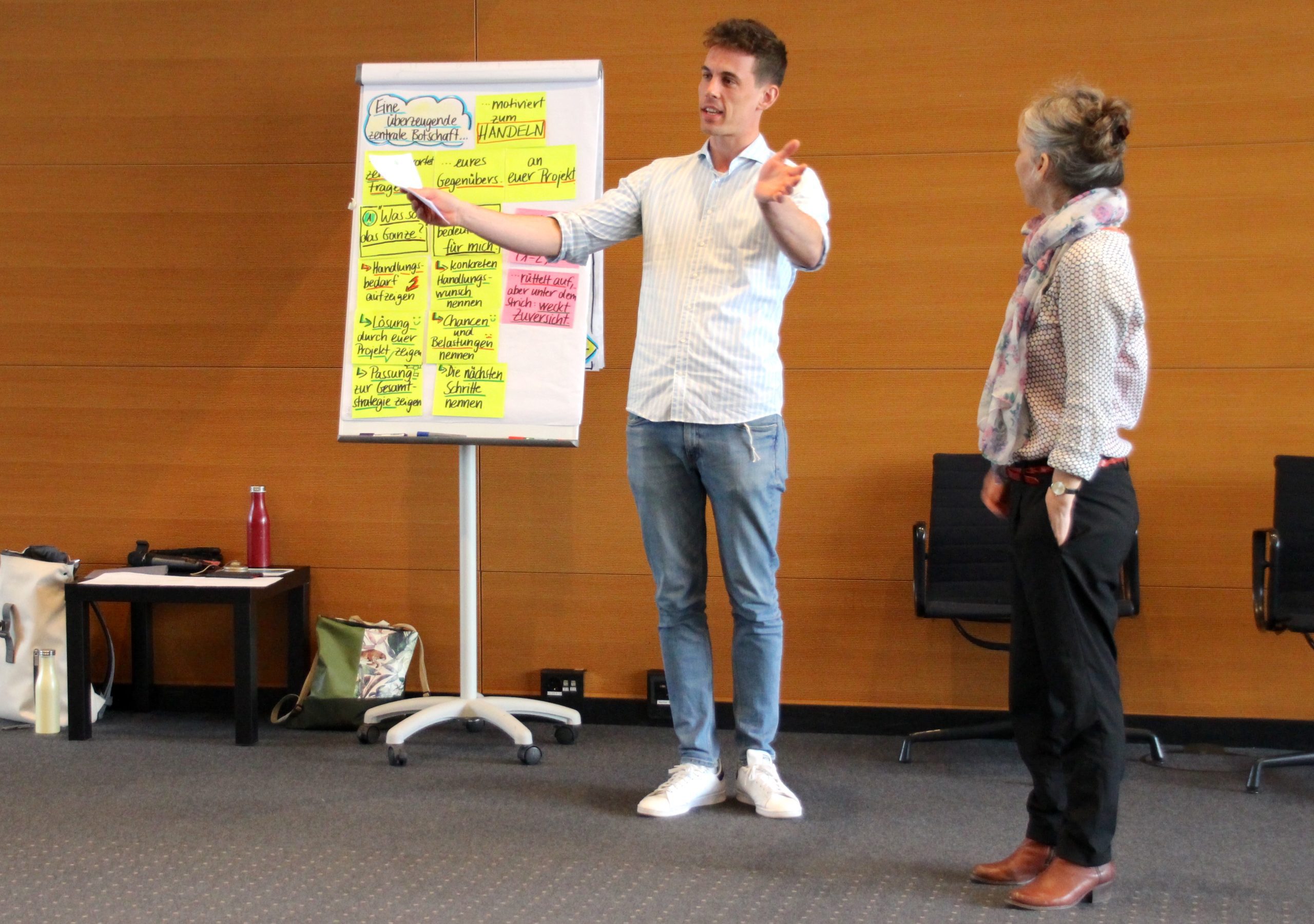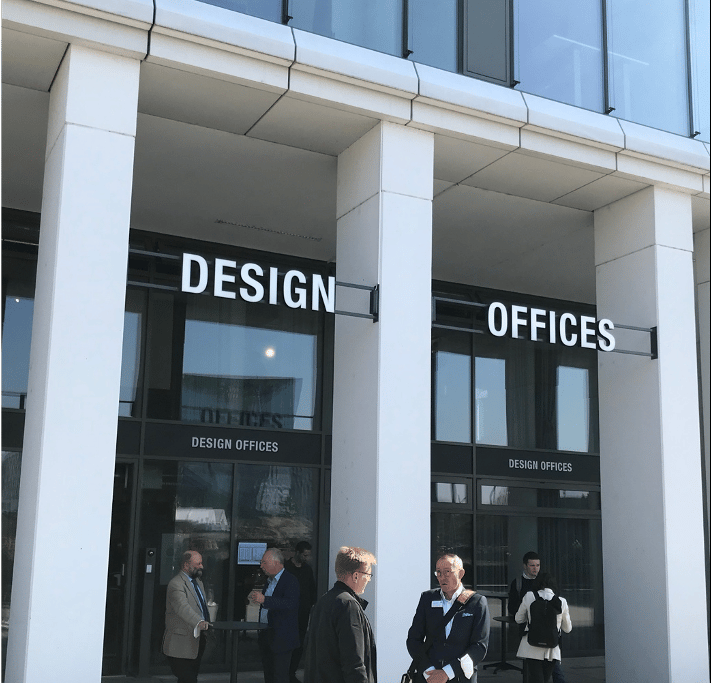3rd CEWI Workshop with guideline #FINALISE
Adjusting the substantive depth
The first day was spent by the WG reviewing the individual company positions that had been worked out up to that point in terms of their substantive depth.
Together, those present agreed to significantly reduce the number of positions and to formulate the remaining arguments to be communicated to policy-makers in more general terms.
According to one member of the WG, »Given the breadth of participating companies, there is no other way to achieve a common pattern of content«.

An »unagitated policy dialogue«
On the second day, the WG worked out a format in which the finalised positions are to be discussed with politicians in an »unagitated policy« dialogue. It is planned that the CEWI team will draft a paper that reflects the positions of the WG participants in advance. Based on this, the sector representatives want to enter into an exchange with department staff in an interministerial expert discussion.
The goal is to discuss, on the basis of practical examples, where Circular Economy in the construction industry is still hampered by regulation. At the same time the business representatives want to understand what changes politicians are planning in these areas for the future.
Discussing »pain points« from practice
In terms of content, the participants identified the five thematic blocks of »new construction«, »existing buildings«, »materials«, »material cycles« and »digitalisation«. These are currently particularly important for promoting Circular Economy in the construction industry.
They have formulated »pain points« for all areas, which are to be discussed with politicians on the basis of practical examples. Lewin Fricke, for example, emphasised the importance of government funding (bridge funding) to financially bridge lengthy approval phases for circular material innovations. Especially for start-ups, this would be an enormous help to expand the circular economy in the building sector.
We are not looking for the big stage
The #COMMUNICATE event of the CEWI project community is planned for the end of June. Here, the individual projects of the WGs will be pitched on a big stage and can then be discussed further at the respective project stands. The aim is to gain further partners who can be helpful for the projects.
Considering the background of the mature project planning of the policy dialogue event and the deliberately chosen quiet character of the discussion format, the Policy Dialogue WG is not planning a pitch for its project there.
»We are looking forward to the exchange within the framework of the exhibition of the individual projects and will be glad to be represented here – but we don’t see any added value for our own pitch on a big stage,« said Lewin Fricke during the final project presentation at the end of the second workshop day.
Valuable exchange parallel to the content-related work
Apart from the work on the content level, the interpersonal encounters were not neglected. »I am particularly pleased that I met so many colleagues from other start-ups. It is important that young companies get the chance to present their innovations and discuss them with established industry representatives within the framework of such events,« said Lewin Fricke.
We would like to take this opportunity to thank all those involved in making the previous three workshops such valuable events for Circular Economy – first and foremost the organisers: WWF Germany; the Stiftung KlimaWirtschaft and the Wuppertal Institute for Climate, Environment and Energy, as well as the Federal Ministry for Environment and Consumer Protection, which funds the entire project.




